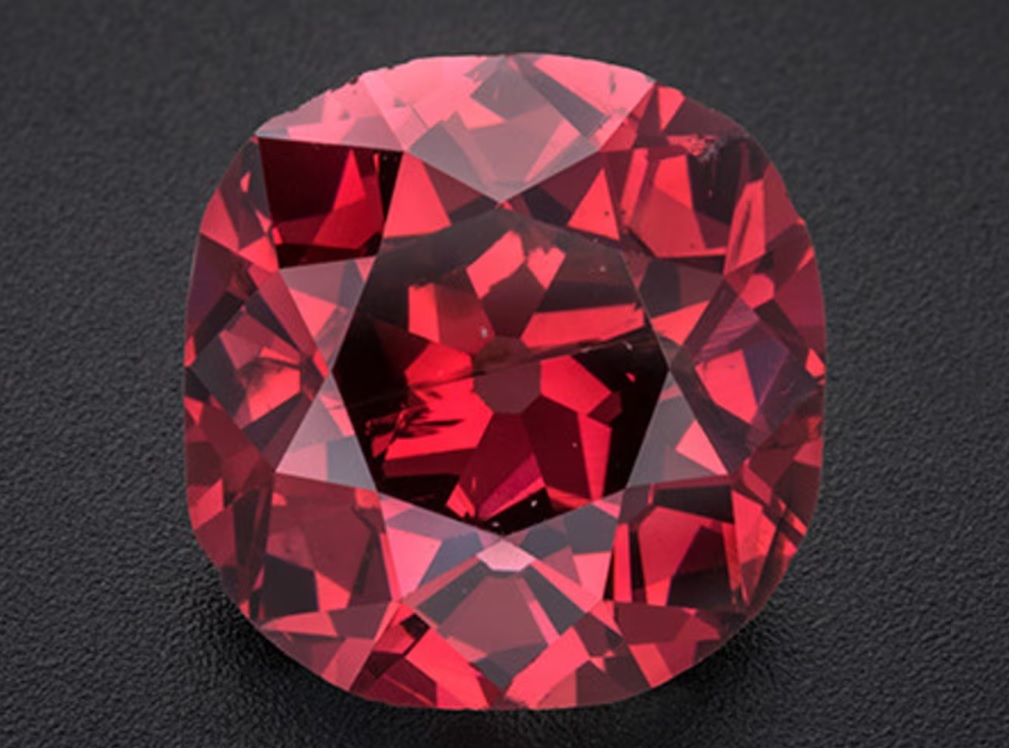
Red diamonds remain one of nature’s most elusive and captivating treasures. With only 24 specimens over one carat ever publicly recorded, their scarcity is legendary. Among them, the remarkable Winston Red has now taken centre stage at the Smithsonian National Museum of Natural History in Washington, DC.
This exceptional gem was donated in December 2023 by Ronald Winston, son of the renowned American jeweller Harry Winston. Weighing over one carat, the Winston Red is not only a visual marvel but also a scientific mystery—until now.
Recent research published in Gems & Gemology has provided unprecedented insight into what makes red diamonds so rare. Using advanced imaging and spectroscopic techniques, gemologists have identified that the Winston Red’s vivid crimson hue results from a combination of factors: a unique distribution of nitrogen impurities and a heavily deformed crystal lattice structure composed of tightly stacked red-to-pink layers.
These structural distortions—formed under extraordinary heat and pressure—are thought to alter the way light interacts with the diamond, giving rise to its intense red colour. Such conditions are extremely rare in the Earth’s mantle, further explaining the diamond’s scarcity.
Historical records trace the Winston Red as far back as 1938, when Jacques Cartier sold the stone to the Maharajah of Nawanagar. Combined with its cutting style and geological characteristics, the evidence suggests the gem likely originated from diamond-producing regions in Brazil or Venezuela.
For gemologists and collectors alike, the Winston Red represents both a scientific breakthrough and a pinnacle of natural beauty—an enduring reminder of the Earth’s ability to create something truly extraordinary.